Polar bears, penguins and corals: loves made impossible by global climate change.
Climate change and animals. “This love is a gas chamber”, is the subtle provocation that the WWF launches, on Valentine's Day, against global warming, recounting the loves made more difficult by the effects of global climate change.
What does it mean? That climate change does not only concern humans, but also the animal world: times, places and ways of love, consolidated thanks to a millenary process of evolution, have undergone extreme changes in a few years due to global warming. With all due respect to the mating of the various species.
In Antarctica, for example, emperor penguins have been unable to find safe places to nest for years. This is due to the increase in temperatures which makes the ice very unstable, also putting the survival of the new born at risk.
And in the Arctic? Idem. Here the reduction of the pack ice almost prevents the Polar Bear from hunting for food, but also from finding its partner during the mating season.
An alarm that the WWF launches on the occasion of the Lovers' Day asking to make a gift to Nature by saving the love of many species such as bear, penguin and studying their behavior.
Index
Love among animals, all the clocks gone mad by climate change
Birds
Many species of birds had to anticipate the period of reproduction and consequently the laying of the broods: it happened at North American cities, which in 10 years have gradually advanced the reproduction by 24 days, or ai English finches, which, like many other species of birds and butterflies, were forced to bring forward the date of reproduction as the spring temperature increased.
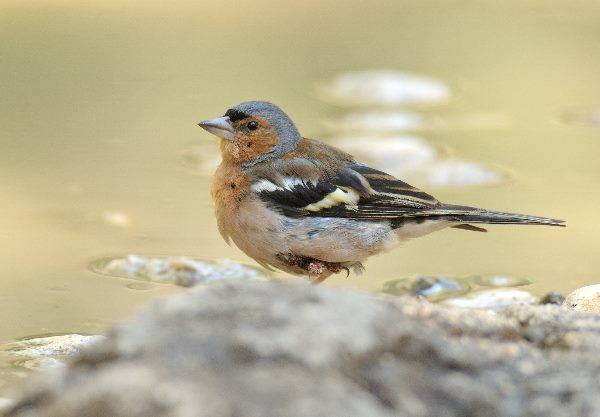
Penguins
In Antarctica, rising temperatures forced some colonies of emperor penguins to move over the years the sites in which to reproduce and nest because the layer of sea ice that they usually used was slow to form or was not stable enough. For this scientists predict a decline of nearly 30% of the population in the next generations.
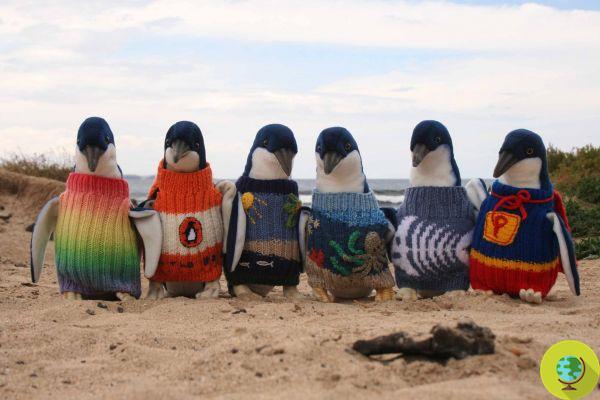
As well as i Adélie penguins: in some areas the extension of the pack ice has increased and the parents struggle to move from the hatching areas to the feeding ones. Elsewhere, however, the increased humidity due to climate change makes the chicks more vulnerable and perished. On the other hand, in the more stable sites the population is increasing, and this at least bodes well for their future.
Corals
Temperatures that are too high are also a disaster for i corals, which live in symbiosis with the Zooxanthellae algae which provide nourishment thanks to photosynthesis. But the increasingly frequent increase in the surface temperature of the seas kills these algae and consequently the corals themselves, which lose their typical color (bleaching / whitening phenomenon).
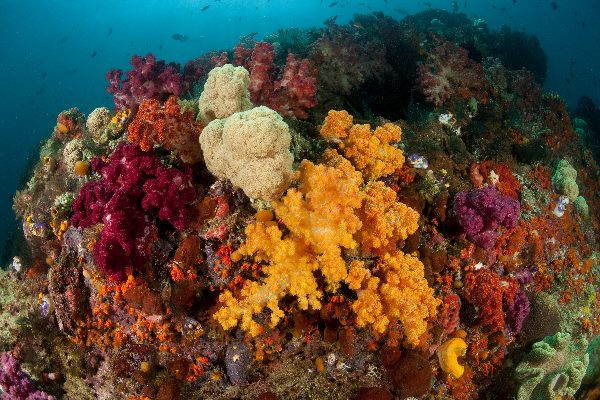
Sea turtles
The climate also affects the reproduction of many species of fish and reptiles, such as the Loggerhead sea turtles, for which the ideal temperatures for reproducing are extremely low (around 28 ° C), since the sex of the offspring is determined precisely on the basis of the temperature. In the case of lower temperatures, more males than females will be born, vice versa at higher temperatures. So if temperatures remain locally high for many years, the females born will not have enough males to breed with. Maybe a relief for some of them, but a great danger to the species.
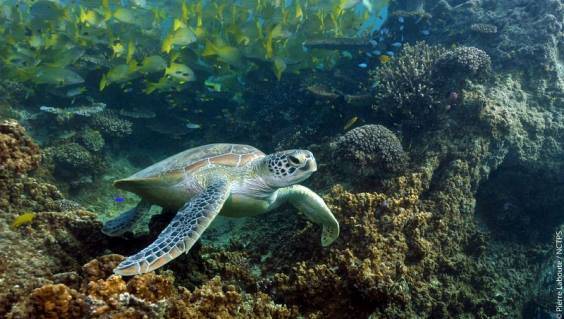
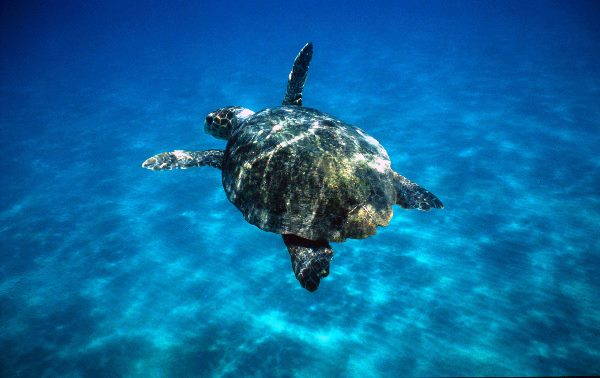
polar bears
The climate sometimes causes even species such as thepolar bear. Although the male is capable of sniffing the female from miles away, due to the melting of the ice, it becomes more and more complicated to find and mate: if the Arctic ice continues to decrease at this rate, by 2050, we would have lost the 30 forever. % of polar bears currently in existence.
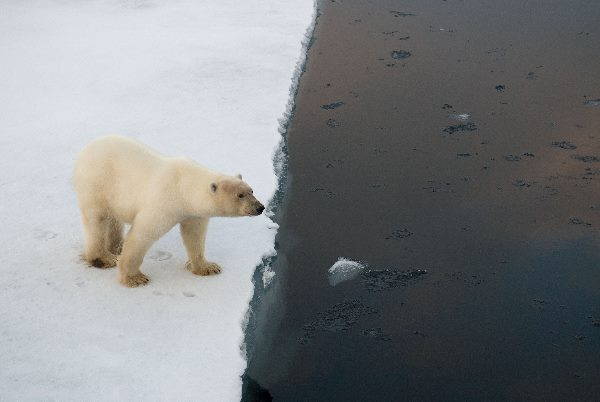
By the way, since in many areas of the Arctic it is reduced the extent of the pack ice on which the bear moves, hunts and looks for a partner, this species spends more time on land, where it can meet the brown bear. Usually the two species avoid each other, but in the absence of other more suitable partners it can happen that the opposites attract and reproduce, giving birth to hybrid offspring with intermediate colors.
Definitely not a rosy vision.
Read also:
- Polar bears could go extinct sooner than expected, they are starving
- A malnourished and suffering (another) polar bear
- Snow has disappeared in Hudson Bay, polar bears in danger (photos)
- Countries that will survive climate change according to experts
- The terrible images that show the bleaching of the Great Barrier Reef (PHOTO)
Germana Carillo


























